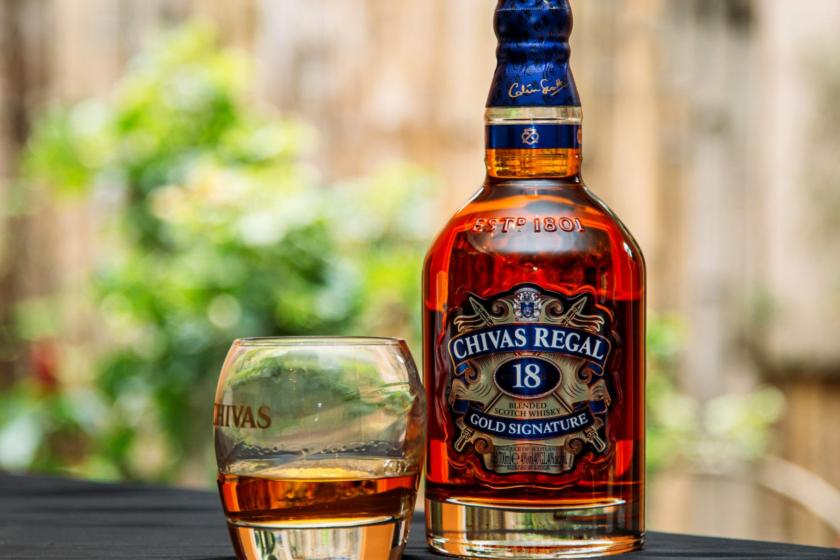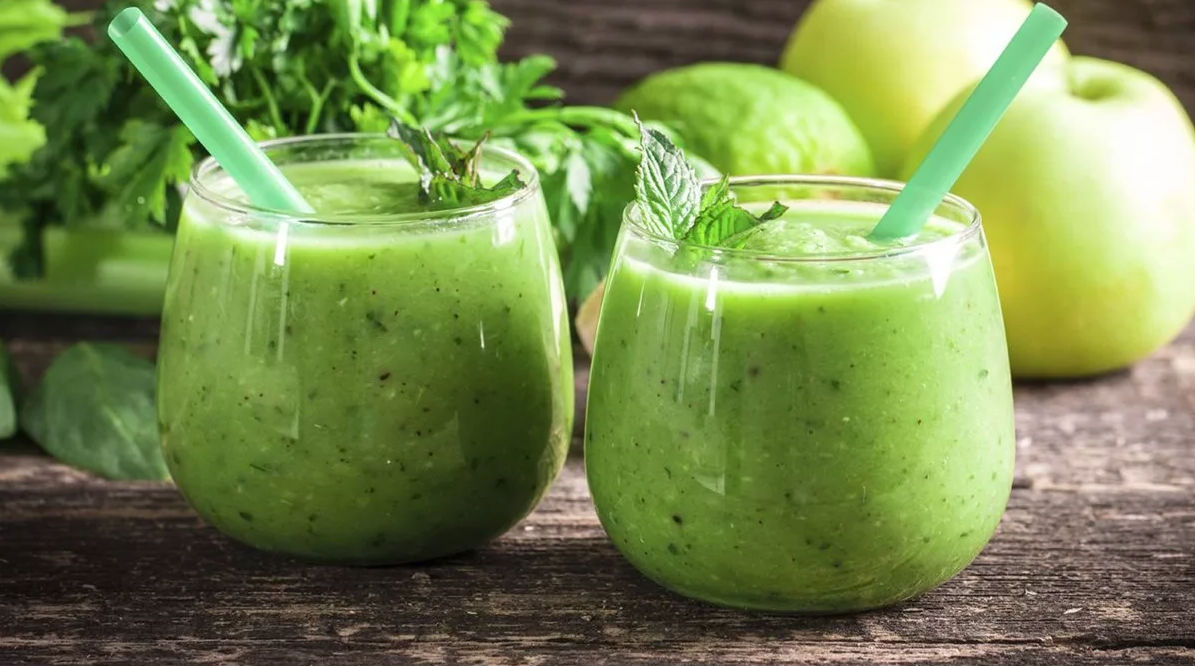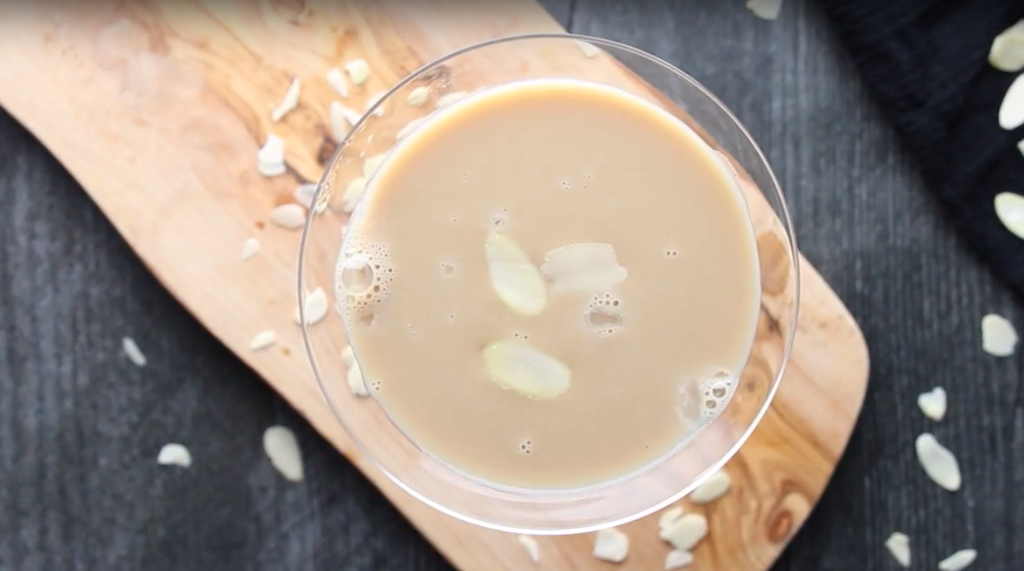These problems are faced by almost everyone who loves whiskey. Usually, we take a lot of our favorite drinks and cannot drink it at one time. Over a certain period of time, we accumulate quite a lot of bottles (containers) with a drink, which is stored your whiskey until the right moment. But what to do with all your whiskey stocks so that they do not deteriorate for 3 or 5 years?
One of the positive aspects is that whiskey can be stored for a long time, especially if you do it right. But how exactly to store whiskey? How to make a drink over the years does not change its taste. You can read it further in our article.

Throwing down for that expensive bottle of bourbon is a big leap (one worth taking), and that investment needs defense. Do not assume that you can merely cram your precious brownish ambrosia in any type of corner of your home as well as leave it there till the end of time. While scotch won’t go bad the way white wine could spoil or beer might skunk, whiskey is still vulnerable to taint if you don’t save it properly. Below, exactly how to store whiskey right, so it’ll always exist when you require it.
- Always keep whiskey upright
- Maintain It out of Direct Sunshine
- Constant temperature is the best option
- Can whiskey go bad by freeze?
- Keep corks moist
- Don’t Maintain It Above the Oven
- Stand Your Shut-in
- Damp the Cork by Turning the Bottle
- How to store open bottles of whiskey?
- Don’t Bother with the Decanter
- Transfer Leftovers to a Smaller Bottle
- Related posts:
Always keep whiskey upright
We frequently see images of red wine storages where red wine is piled and also kept on its side. Is it additionally great for whiskey, as well as for white wine, or not?
White a glass of wine is a drink with a sensibly reduced alcohol percent, and also the cork will definitely for that reason not be influenced by it. A cork stopper can not stand up to the assault of an 80 proof (or higher) scotch.
Maintain It out of Direct Sunshine
Sunlight is the No. 1 awesome of scotch. UV light not only dulls the color of that gorgeous mahogany liquor, yet it likewise breaks down substances within the bourbon itself, causing it to turn rather rancid. Unlike beer, which is housed in dark containers to shield the fluid from skunking, bourbon typically is available in clear glass, so the booze is totally helpless versus the sunlight’s harmful glow. While your bourbon will not stink quite as negative as skunked beer, the taste will certainly be visibly harsher after a couple of months by the window, with tastes of rubber, paint thinner and also rotten fruit.

Place a scotch container prior to a big, warm home window, as well as prior to the likewise lengthy chain, a response will definitely start to weaken the liquid. A beneficial Brora thirty years Old will certainly all of an unexpected not taste like Brora any type of longer.
Constant temperature is the best option
For the storage of adhesive tape, mild climatic conditions are best suited. It is not necessary that they be warm or cold, the main thing is that there should be as little temperature fluctuation as possible. It is the presence of a constant temperature that is the best option for storing whiskey.
Why are temperature changes can make bad whiskey?
With a sharp change in temperature, whiskey tends to increase in volume. That is why always clogging a bottle of whiskey, you need to leave free space between the lid and the liquid. In this case, when the temperature changes and the liquid level rises, the drink will not come in contact with the lid, which should not be allowed.
Can whiskey go bad by freeze?
Keeping any spirit in the fridge freezer will not completely damage it, yet it will dull the tastes if you draw the bottle out and also immediately pour a glass. While cooling flavorless vodka is fine and dandy, your costly whiskey preferences way much better at area temperature. If you like your whiskey a little bit colder, plunk in an ice or offer it a quick (read: not irreversible) chill.
Keep corks moist
As reviewed, keeping whiskey flat is a large no-no. Nevertheless, it is very important to attempt as well as keep a cork stopper wet. Dilemma sharp! Well, do not fret, it’s a solvable issue. Really, in many cases, the alcohol vapors in the bottle will certainly ensure a proper, wet cork.
But also still, occasionally a cork dries. Among the prospective results of this, is a damaged cork when you lastly open up a container. While not completion of the world, it is fairly anticlimactic when it’s a Pappy Van Winkle twenty years that’s been savored as well as supported for several years.

It’s important that the cork is not completely dry. A completely dry cork can cause air to enter the bottle. The air in the bottle will oxidize the drink, which in large quantities is harmful. Although this process still takes place while the whiskey is stored in a barrel and is considered normal, it should not be abused.
To prevent oxidation, wet the bottle caps from time to time. This can be done quite simply, put the bottles on their side and let them lie down for several hours. This procedure should be repeated once or twice a year. You can also buy a plastic paraffin film, and wrap it around the bottle, for better sealing of the drink.
Don’t Maintain It Above the Oven
Whiskey is a liquid, as well as like any other, it will start to evaporate under high heat, specifically if you keep it in the same location for several years. A closed container won’t experience the very same loss of liquid as an open container, but better safe than sorry (even if you really jam the cork down therein, some vapor might leave). Who intends to consume alcohol hot whiskey anyhow?
Stand Your Shut-in
A glass of wine is stored flat, however, whiskey should stand up straight and also proud. The concern in both instances is the cork. Storing a glass of wine on its side means the fluid remains in constant contact with the cork, keeping the stopper moist so it does not dry and also fracture. The higher proof of bourbon, on the other hand, will break down the cork over time if the bottle is toppled.
Damp the Cork by Turning the Bottle
Although bourbon will certainly break down a cork if kept in the continuous call, a fragile, dry cork can still mean danger for your precious hooch. As opposed to maintaining the bottle laterally constantly, merely flip it periodically to re-wet the cork.

How to store open bottles of whiskey?
Once you have opened a bottle of whiskey and drank some of it, its taste will definitely begin to change. In some cases, with a little oxidation, the taste of whiskey becomes better, in some, on the contrary, it gets worse and loses part of its aroma. It is impossible to predict exactly what will happen, but one thing is certain – the taste will definitely not be the same as at the opening.
If you want to avoid changing the taste and oxidation of the drink, then there are several options. The first one is to take bottles with a slightly smaller volume. At least it will be easier to drink them at a time after opening and the drink will not stand. Plus, in small bottles, there is less space for air and therefore the drink will be less oxidized. Outwardly, they do not look so beautiful, but they will help maintain the original taste of the drink.
The second method is to protect the contents of the bottle from oxygen. To do this, you can buy a mixture of nitrogen, argon and carbon dioxide. Spray this mixture into the bottle and close the cap. The mixture will form a protective layer between the whiskey and oxygen, helping to avoid oxidation.
Don’t Bother with the Decanter
Linking wine right into a glass carafe or decanter permits the vino to “open,” altering its taste as it reacts with the air and, frequently, enhancing the preference. Whiskey gets no such benefit from contact with air. While you may such as the appearance of your brownish alcohol in an elegant decanter, you likely won’t be consuming alcohol the strong alcohol as quickly as you would down a container of white wine, so the scotch may be kicking back for months. Oxygen will not damage a complete decanter also rapidly, yet it will certainly degrade the scotch quicker than if you just maintained it in the initial container.
Transfer Leftovers to a Smaller Bottle
While an opened up full container of whiskey is relatively safe from oxygenation, air will certainly have a much higher impact on the leftovers at the end of a well-used container thanks to the increased proportion of air to a fluid. Conventional wisdom states that when your whiskey is drained pipes to a quarter of its initial volume, it’s time to deal with the oxygen issue. Merely transfer your leftover liquor to a smaller container that the bourbon will certainly load practically to the top, and also cap it with a good stopper to maintain rampaging oxygen at bay.
Maintain every one of the above in mind, as well as there’s no reason why your whiskey collection should not remain in tip-top shape! The very best method to discover new whiskeys to include in your collection? Distiller, naturally.









